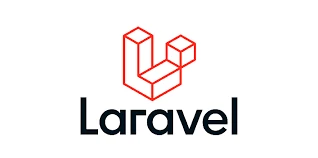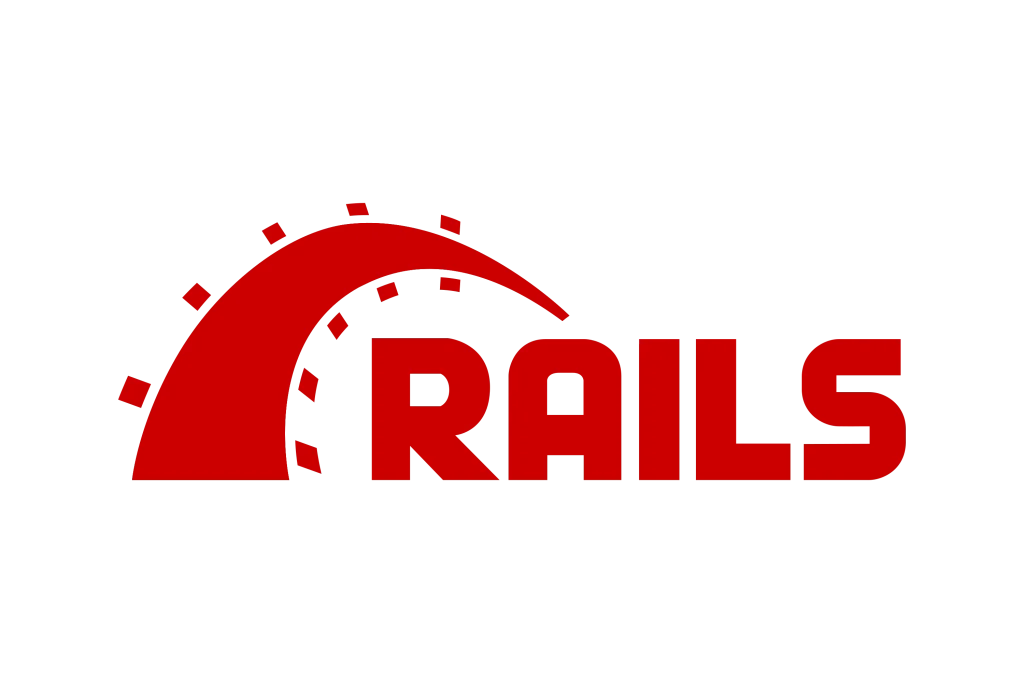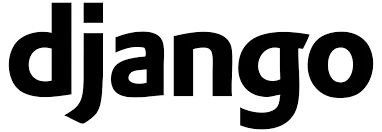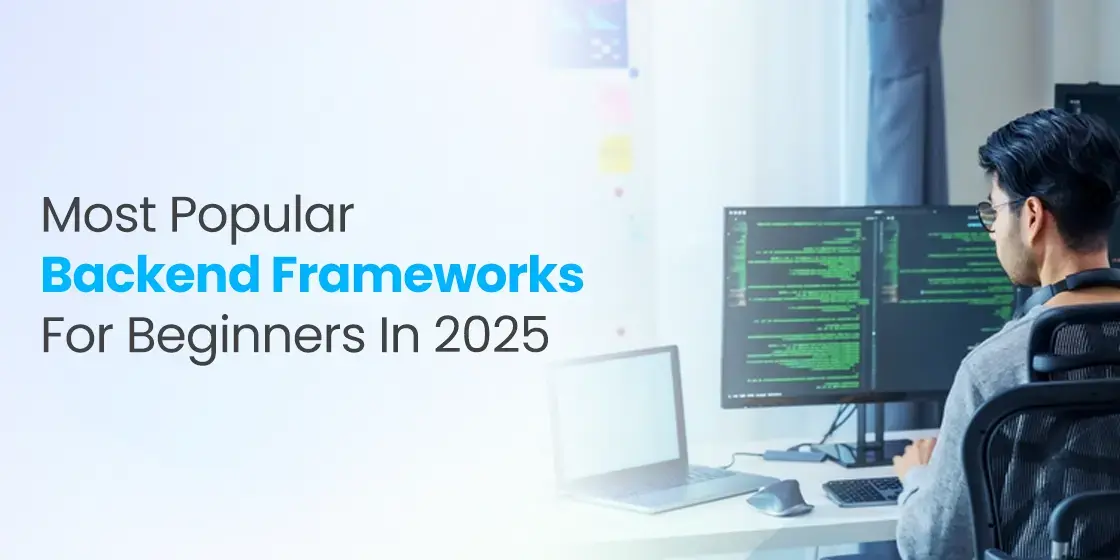Table of Content
Know About All the Top Backend Frameworks for Software Development
Backend frameworks serve as the cornerstone for creating robust, efficient, and scalable web applications. These frameworks provide developers with pre-built tools, libraries, and modules that streamline the development process, enabling faster and more structured coding. By reducing the need to build foundational components from scratch, most popular backend frameworks help developers focus on the core functionalities of their applications, ensuring a more seamless and efficient workflow.
Selecting the appropriate backend framework is a critical decision that can significantly influence the success of a web application. The right framework can improve development productivity by offering cutting-edge features. Additionally, it can simplify the integration of advanced functionalities like real-time data handling or cloud service integration, which are essential for modern web applications. By providing a stable structure, a well-suited framework also enhances the overall maintainability of the application.
Beyond productivity, the choice of a backend framework plays a vital role in determining the application’s performance and scalability. Frameworks designed with scalability in mind can handle growing user demands and data loads without compromising performance. If you want to know about the most popular backend frameworks that are trusted by majority of the software development services, read this blog in detail. It will enlist all the key names that are reputed highly in the industry due to offering cutting-edge functionalities.
What are Backend Frameworks?
Backend frameworks are integral to the creation of server-side applications, serving as the foundational structures that streamline development efforts. These frameworks provide developers with pre-built tools that simplify complex processes, enabling the efficient handling of backend functionalities such as database management, server logic, and API integration. By offering these essential building blocks, backend frameworks minimize the need to start from scratch, making them indispensable for modern software development.
One of the key advantages of backend frameworks is their ability to introduce a structured and organized approach to application development. They enforce best practices and ensure consistency across the project, which is especially beneficial when working in teams. With features like middleware support, routing, authentication, and data validation, developers can focus more on the application’s unique aspects rather than spending time reinventing the wheel. This structured methodology not only reduces development time but also minimizes potential errors and inconsistencies.
Furthermore, backend frameworks promote scalability and maintainability, crucial aspects for growing applications. They provide built-in mechanisms to handle increased user demands, integrate seamlessly with other technologies, and adapt to future enhancements. With extensive documentation and active community support, these frameworks empower developers to create robust, secure, and high-performance applications. By combining efficiency with adaptability, backend frameworks have now become a cornerstone of modern server-side application development.
Most Popular Backend Frameworks in 2025
Heading into 2025, you need to know about the top mobile app development frameworks that are rated by majority of the developers. You need to master application development on these platforms, as they are used excessively in the market. Let’s take a look at some of the most popular backend frameworks below.
Laravel

If you are exploring options for a PHP backend framework, Laravel stands out as one of the top choices. This robust open-source framework is specifically crafted to streamline the development of Symphony-based web applications, offering a range of tools and features that cater to modern development needs. With its elegant syntax and extensive ecosystem, Laravel simplifies complex tasks such as routing, authentication, and database management, making it a highly appealing option for developers of all experience levels.
For those focusing on backend development, Laravel proves to be an exceptionally suitable framework. It provides a well-structured environment that supports efficient coding practices and fosters rapid development. Laravel’s ability to handle common backend tasks effortlessly, combined with its powerful tools ensures a seamless experience for developers. Whether you’re working on a small-scale project or a large enterprise application, Laravel offers the flexibility and performance required to build secure and scalable web applications.
Ruby on Rails

Ruby on Rails, commonly referred to as Rails, is a widely used web application framework built on the Ruby programming language. Known for its convention over configuration philosophy, Rails minimizes the need for extensive configuration by adhering to predefined conventions, allowing developers to focus more on building features rather than setting up the environment. This framework is structured around the Model-View-Controller (MVC) architecture, which separates application logic, user interface, and database interactions.
At the core of Rails lies Active Record, an object-relational mapping (ORM) library that simplifies database interactions. Active Record enables developers to manipulate data directly through Ruby objects without the need to write complex SQL queries. This seamless integration between the application and the database streamlines tasks, thereby reducing development time and effort. By leveraging Active Record and other built-in tools, Rails empowers developers to build data-driven applications easily.
Django

Written in Python, Django is a high-level open source framework that is widely recognized for its ability to simplify mobile app development. Designed with the philosophy of “batteries included,” Django comes equipped with a comprehensive set of built-in features and tools that address common development tasks, such as authentication, URL routing, and database management. Its adherence to the DRY principle ensures that developers can write efficient, reusable code, reducing redundancy and improving productivity.
At the heart of Django is its Model-View-Template architecture, which divides the application into three distinct layers i.e. the Model for database interaction, the View for business logic, and the Template for the presentation layer. This separation ensures a clean and organized code structure, making applications easier to maintain. Additionally, Django supports a powerful Object-Relational Mapping system that facilitates seamless interaction with databases, allowing developers to manipulate data using Python code.
Express.js

Express.js is a lightweight and flexible web development framework built on top of Node.js. Its seamless integration with Node.js ensures language consistency, as both the client-side and server-side use JavaScript. This synergy simplifies development processes, reduces context-switching, and enhances the overall efficiency of building web applications. Express.js is designed with minimalism in mind, providing only the essential features developers need to get started, while allowing for extensive customization and expansion through third-party modules.
One of the standout features of Express.js is its powerful routing system which enables developers to define endpoints and handle HTTP requests effortlessly. Additionally, its middleware support allows for the inclusion of reusable functions to process requests, handle errors, and integrate with other technologies. This modularity encourage developers to create highly scalable and maintainable architectures. Whether you’re building APIs, or full-stack web platforms, Express.js offers the tools and adaptability required to meet diverse project requirements.
Spring Boot

The Spring Boot framework is a powerful, open-source tool designed to simplify the development of stand-alone web-based applications. As an integral part of the broader Spring ecosystem, it provides developers with a streamlined way to create applications that require minimal configuration and setup. By leveraging its embedded servers and convention-over-configuration approach, Spring Boot eliminates much of the boilerplate code traditionally associated with Java development.
Built to operate seamlessly on the Java Virtual Machine (JVM), Spring Boot inherits the flexibility and portability of Java. It integrates effortlessly with other components of the Spring ecosystem, such as Spring Data, Spring Security, and Spring Cloud, allowing developers to create sophisticated, feature-rich applications with ease. Whether for microservices architectures, or enterprise-level solutions, Spring Boot stands out as a versatile framework that accelerates the development process rapidly.
Frequently Asked Questions
| What is a backend framework? A backend framework is a software framework that provides tools, libraries, and structure for building and managing the server-side development. It simplifies development by handling common tasks like routing, authentication, and data storage integration. |
| Which backend framework is popular for web development? Express.js is a popular backend framework for web development due to its simplicity, flexibility, and seamless integration with Node.js. Other widely used frameworks include Django for Python developers and Laravel for PHP enthusiasts, both offering robust features and community support. |
| What are the key features of Laravel framework? Laravel is a PHP-based backend framework known for its elegant syntax and developer-friendly features. Some of the key features of Laravel like built-in authentication, robust ORM (Eloquent), blade engine, powerful routing, and more others makes it a top choice of web developers. |
Final Words
That summarizes our entire article in which we have listed some of the best backend frameworks that are popular in the market. Knowing about these platforms is important for developers, because they provide various functionalities to simplify backend development. Whether you are creating a stand alone application or dynamic ecommerce website, working with these frameworks allows you to build any type of application as per the needed requirements. This is the core reason why these platforms are popular in the tech industry where rapid framework advancements are seen as a key factor of success in the development.

Empower your digital journey with StruqtIO - Your dedicated partner for cutting-edge custom software development, innovation, and digital transformative solutions. Harness the power of technology to elevate your business and redefine your digital landscape today.


